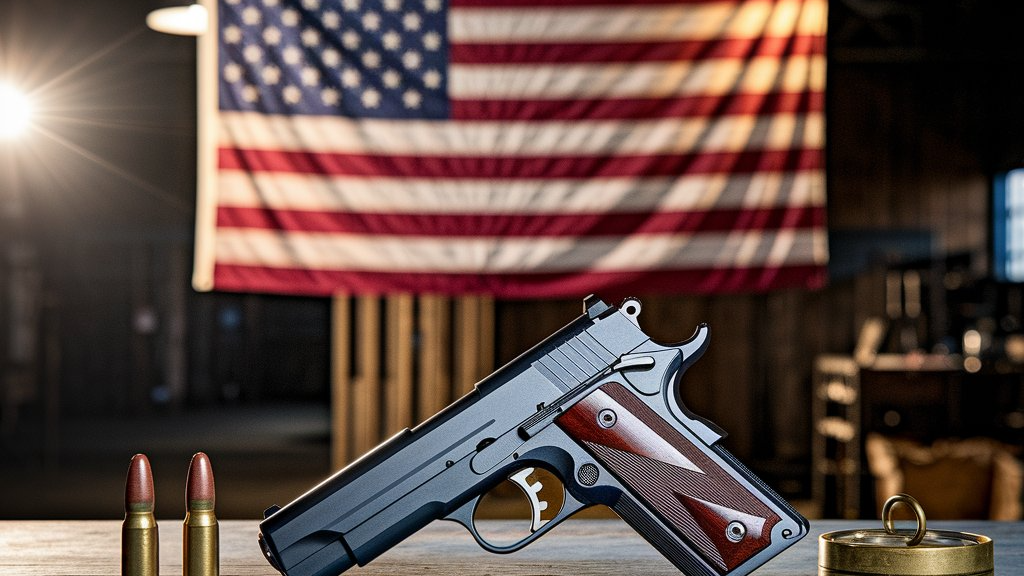The Global Small Arms Market is steadily evolving—but not without its share of friction. One of the biggest disruptors in recent years? U.S. tariffs.
Originally introduced under the Trump administration to reduce reliance on foreign manufacturing, tariffs on materials like steel, aluminum, optics, and firearm components are continuing to ripple across the industry. And while intended to protect domestic businesses, their effects have been a double-edged sword.
So, what exactly is the impact of U.S. trade policy on small arms makers? Let’s break it down.
Book Your “Trump Tariff Threat Assessment” @
https://www.marketsandmarkets.com/forms/ctaTariffImpact.asp?id=138024472
💸 Rising Input Costs Hit Hard
Firearms require precision engineering and specialized materials—many of which were historically sourced overseas. With tariffs of up to 25% on metals like steel and aluminum, manufacturers found themselves paying significantly more for the same barrels, receivers, and internal components.
For small and mid-sized manufacturers, this often meant either absorbing the costs or passing them on to consumers—neither of which offered an ideal solution.
🔄 Supply Chain Realignment in Progress
To adapt, companies across the small arms sector began rethinking their sourcing strategies:
-
Onshoring key components to avoid tariffs and improve logistics
-
Forming partnerships with domestic suppliers for greater control
-
Investing in automation and lean manufacturing to offset higher material costs
What we’re seeing now is a stronger push toward local manufacturing ecosystems, especially for companies supplying to law enforcement and government contracts with “Buy American” clauses.
📦 Imported Firearms? Still in Demand—But Priced Higher
Popular imported firearms—think Glock, Beretta, SIG Sauer—also felt the squeeze. Tariffs on foreign-made handguns and rifles led to price hikes at the retail level, prompting more U.S.-based retailers to seek licensing agreements or local assembly partnerships with foreign brands.
The result? A more competitive domestic market, but also more complex pricing dynamics for consumers and dealers.
🔧 Innovation Through Necessity
Interestingly, the challenges have also driven innovation. We’re seeing:
-
Greater use of additive manufacturing (3D printing) for rapid prototyping
-
Expanded use of modular design for easier interchangeability
-
Smarter inventory systems to manage fluctuating part availability
Companies that have leaned into these strategies are now more agile—and better equipped to scale efficiently in a turbulent trade environment.
📊 Looking Ahead: Stability or New Shockwaves?
While the Biden administration has kept many tariffs in place, there’s ongoing debate around revising trade agreements—especially with Europe and key Asian markets. Any new decisions could bring relief or add new complications to an already sensitive market.
What’s clear, however, is this: The U.S. small arms industry is adapting, building more resilient supply chains and smarter operational models in response to tariff-induced pressure.
🚀 Want to stay updated on small arms market shifts, policy changes, and manufacturing innovations?
Follow our blog and subscribe to our newsletter for expert insights, real-time analysis, and industry-focused research.

